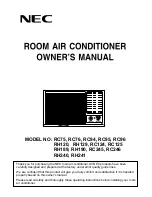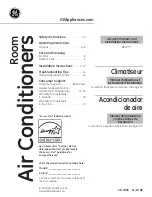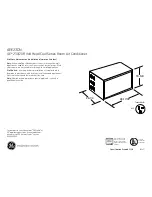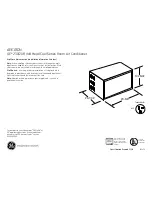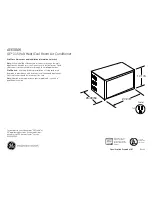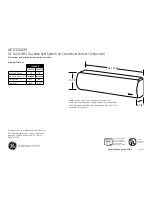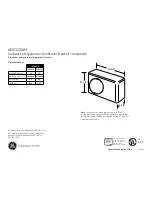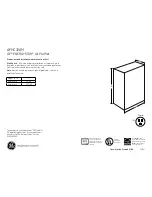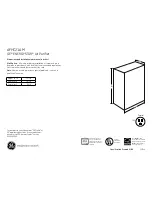
21
Installation Procedures
The hard PVC tube in the room must be provided with the heat insulating layer.
(e)
Don
’
t place the drainpipes at the places where there is irritant gas. Don
’
t put the drainpipe
directly into the sewer, where there might be gases with sulfur.
(g)
The water pipe should be lifted to the height of 500mm above the ceiling. If there is any barrier
above the ceiling, a bracket and the like can be used to bypass the barrier. If the extended
height exceeds 500mm, there will be too much back flow amount, causing the overflow in
the waterspout. Therefore, the height of the drainpipe should be controlled within the allowance
given below.
(f)
top right
(a) Provide about 1000cc of water to the equipment via air outlet port with the feed pump.
(b) During refrigerating operation, check the drainage system..
Procedures
(a) After finishing the electrical system, test the drainage system.
(b) During testing, make sure that the water flow passes the piping correctly without any water
leakage at the connection.
(c) In the condition of new house, test the drainage system before fitting up the ceiling.
(d) Even if it is installed in the season needed to heating, the testing should also be performed.
Testing Drainage System
wash port
wash port
main unit
drainage hose
joint (purchased at local shop)
sealing washer [for insulation]
(accessory)
hard PVC tube (purchased at local shop)
sealing washer [for insulation](accessory)
sealing washer [for insulation](accessory)
thread clip
(accessory)
drainage hose
binding
ensure the biggest height difference
(about 100mm)
gradient of 1/100 or over
When the laid drain piping is used for multiple equipments,
the public piping should be lower about 100mm than the
wash ports of equipments, as shown in the figure.
Thicker pipes should be used for this application.
(d)
290~325mm
drainage hose
connector (purchased at local shop)
Summary of Contents for AWSI-DBV018-N11
Page 37: ......






























